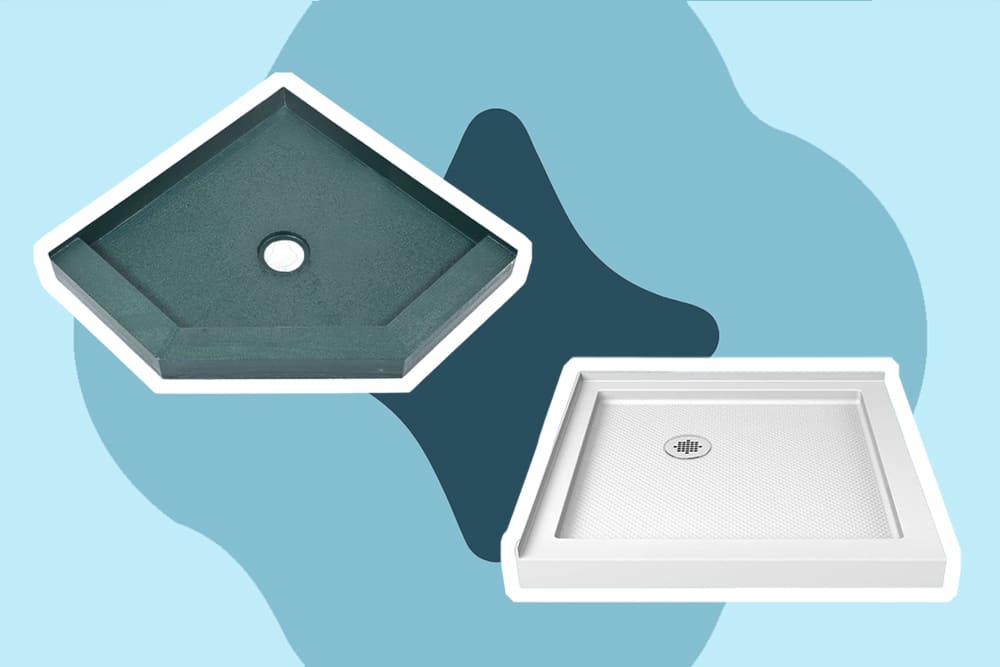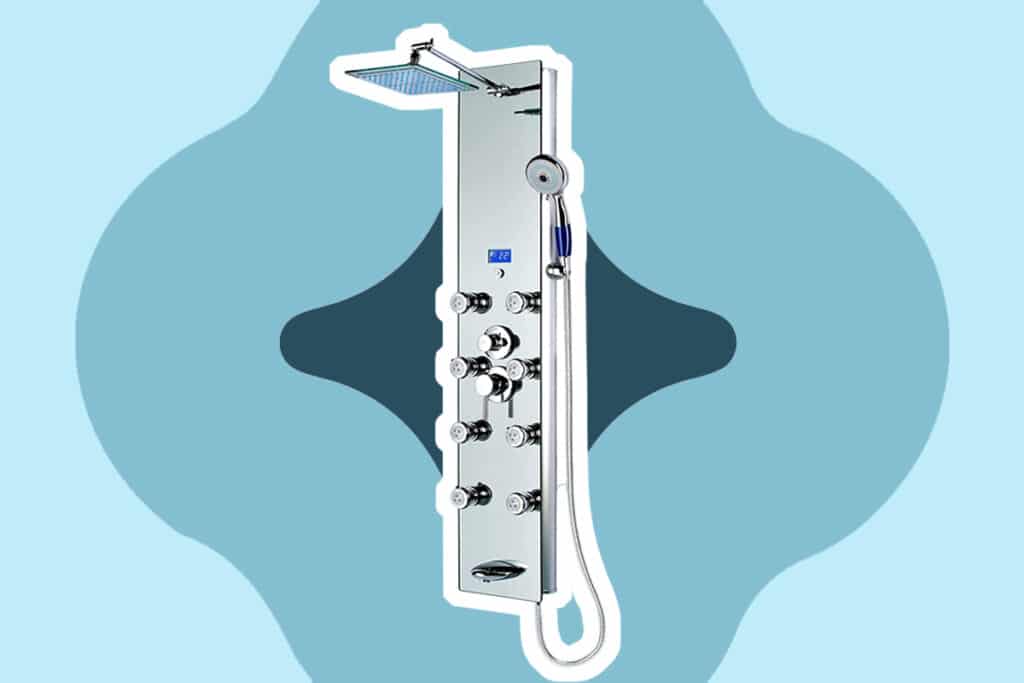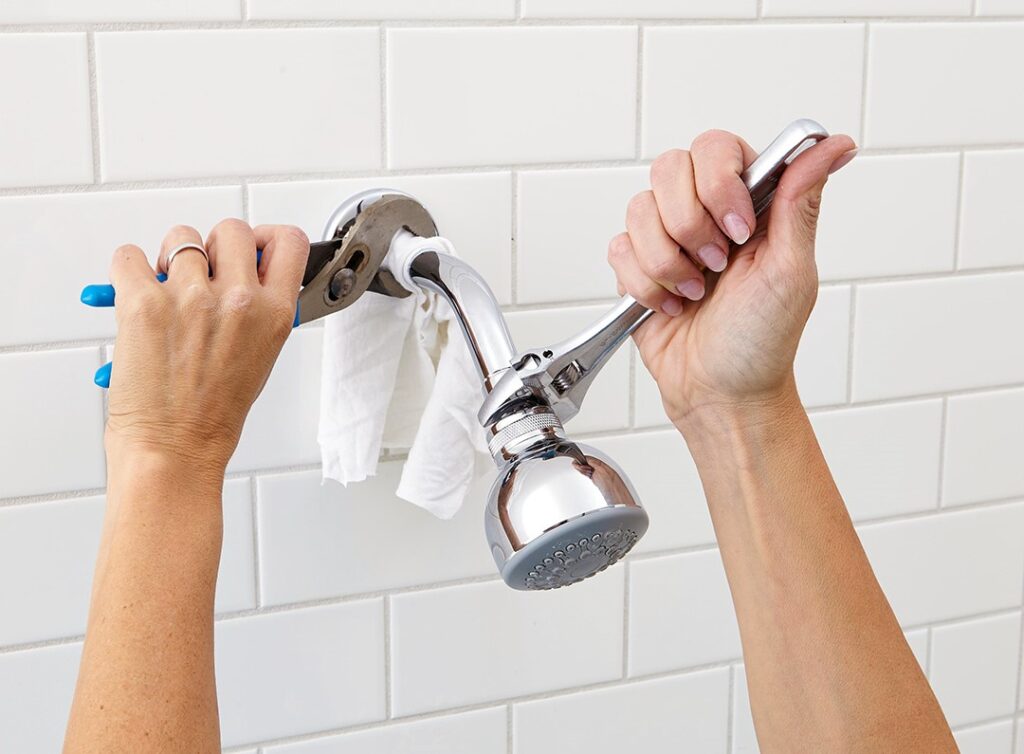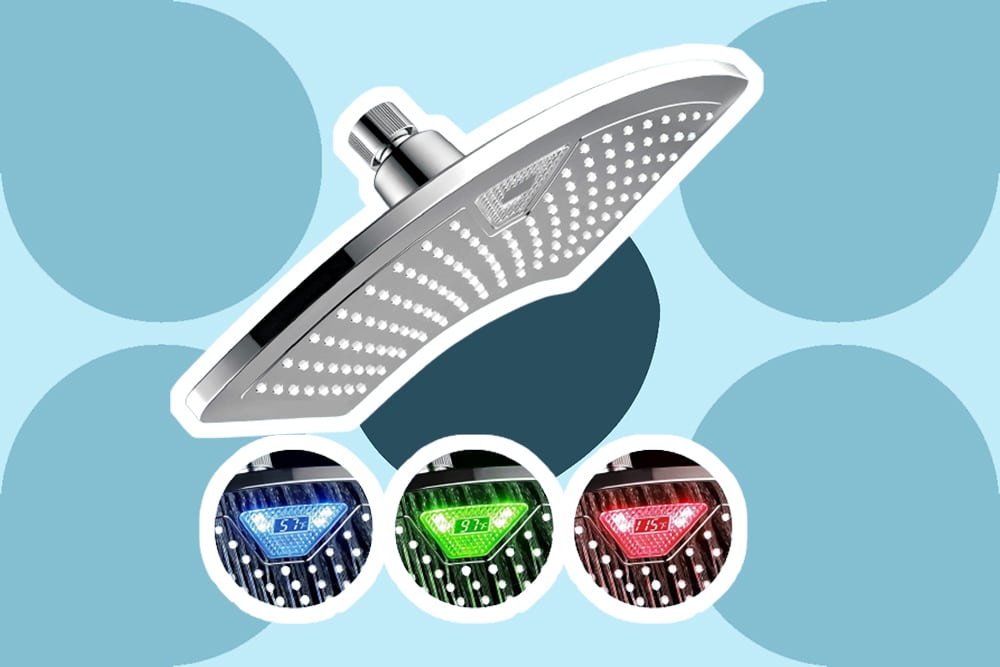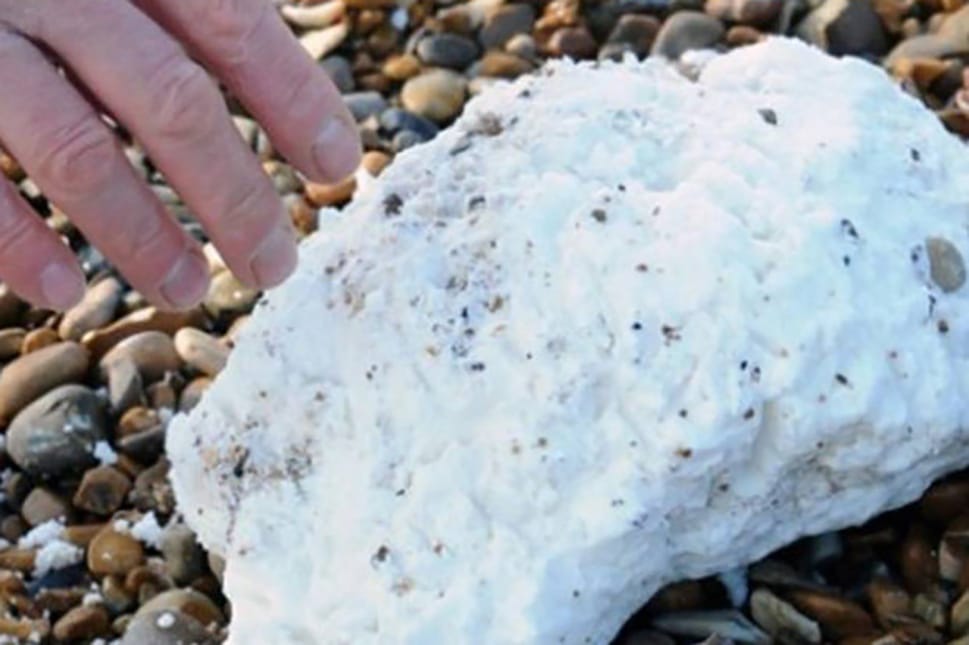

If you use your bathtub with any regularity, then there’s no way it would not get clogged in the long run. The only authentic detail that would be of any surprise to a plumber called in to fix a clogged drain or a slow draining tub would cause the clog. There are also familiar culprits for that crime, with hair a big menace.
It’s always quite hard to determine the exact cause of a slow or clogged drain but calling a plumber is an unnecessary cost that can be avoided by simply knowing how to fix a slow draining bathtub yourself. The cause of your clog or blockage could be just a regular build-up of dirt from usage. The reason for the blockage could also be a serious one that requires the services of the plumber eventually, but why don’t you get your hands dirty trying to fix it before committing any dollars.
This is not the cleanest chore in the house, and it is most likely to get messy the deeper you go. You would do well to get old clothes or work clothes to wear. Also, towels might come in handy to soak up spilled water and provide a less slippery place to stand or rest your knees.
The most important precaution is, however, a pair of rubber gloves. The inside of your drain isn’t exactly sanitary, which is somewhat ironic, seeing as your soaps, shampoo, and water make up the bulk of the waste going down the bathtub drain. Rather than risk the germs, cover up and dive in.
You would also need whatever tool you intend to use to facilitate the unclogging of the drain. This could be a clothing hanger or bent wire, a plunger, a drain auger or plumber’s snake, cleaning chemicals, etc.

In many cases, getting the drain off and clearing the immediate mass of debris underneath might not be enough to take care of the slow draining, and if this is the case, there are still more tools and more steps that can be taken.
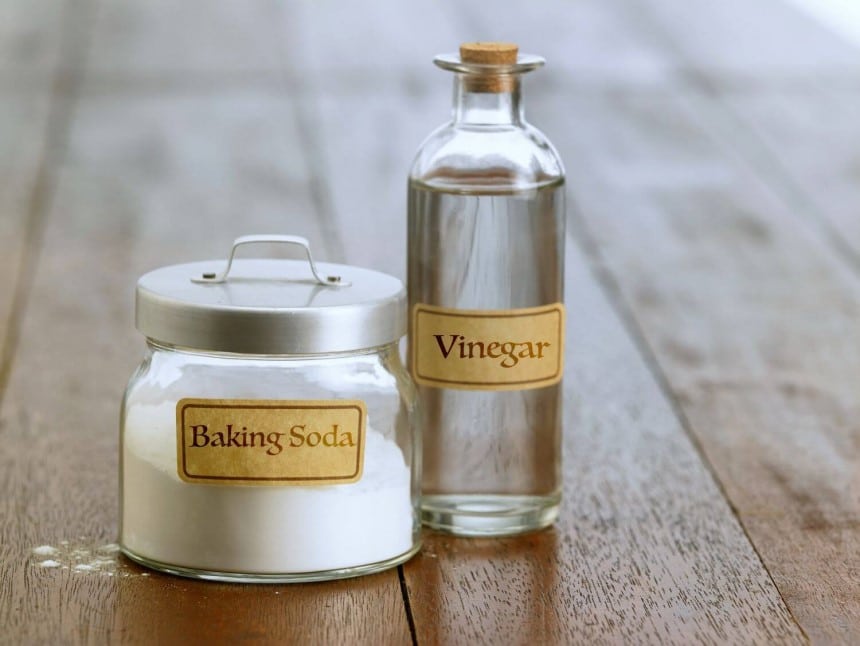
As earlier stated, the method is unsuitable for more serious blockages. Still, it also has advantages because it causes minor damage to plastic pipes than conventional cleaning chemicals, and it is environmentally friendly.
It should also be noted that the method doesn’t have to be used on its own but can also be combined with one or more mechanical methods to improve the efficiency of the process. For instance, consider clearing some of the surface debris mechanically to reduce the seriousness of the blockage and potentially increase the effectiveness of the baking soda-vinegar cleaning mixture.
This is the more common type of chemical unclogging agent. They are widely available at supermarkets and are designed to clear blocked drains. They can be used safely and effectively by following these steps:
There is a reason why this particular method was brought up last. Firstly, it is by far the most dangerous method to use. The danger doesn’t stop at just a personal level as the chemicals can also be damaging to your drain pipes, especially if they are used regularly or repeatedly.
The major advantages to using such chemicals are they are fast, easy to use, and are most consistently successful. Still, they are also dangerous to the environment if you needed more reasons not to use them regularly, if at all. If a chemical cleaner is absolutely necessary, a product recommended by many online reviews is the Rooto Professional Drain Opener.
The best way to avoid the potential plumbing cost or the generally disgusting nature of having to dig up knotted, unhygienic debris is to clean your freestanding or alcove bathtub drain regularly enough to prevent a clog. It could also be beneficial to reduce the number of potential clogs that are introduced into the drain. Possible clogging materials are:
Having talked extensively about the causes of a clogged drain and the difficulty that may be faced in cleaning it up, certain steps can be taken to prevent the reoccurrence of a clog. One of these is investing in a good drain protector.
There are many drain protectors around, and the choice would also depend on the type of drain stopper you are using. However, you could always try changing the drain stopper to fit a more effective drain protector though this would be more difficult and expensive than the latter.
This is one of the more disgusting things you get to do around the house in the name of cutting costs and being helpful. Still, truth be told, if you work at preventing any major clogs by regularly cleaning the drains, the problem will not occur as much, and the regular cleaning would be way less disgusting.
Figuring out how to fix a slow-draining bathtub Trusted Source Do-it-yourself: The tool to try when plumber’s snake won’t unclog drain - The Washington Post Our bathroom sink clogs up every few months, and I have a hard time getting it to drain again. I have tried a plumber’s snake, but the pipe runs into the wall and makes a very sharp turn, and the snake hangs up in the turn. The clog is beyond that point. Can you help? —Maggie www.washingtonpost.com is thus not the problem; the real issue is getting over all the barriers to doing it. As a result, many people do not show much interest in getting their hands dirty trying to handle this particular task.
If you can do it but using chemicals or getting dirty is not you, call the plumber.
